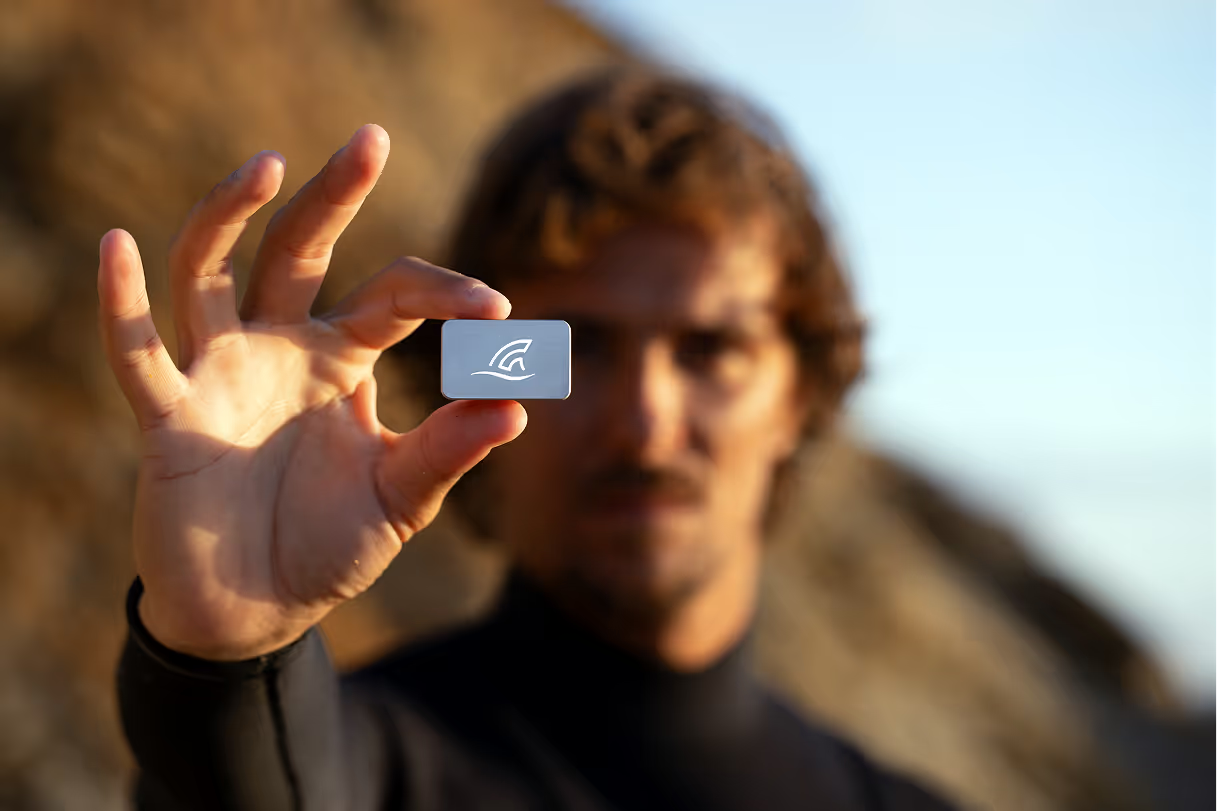How to Pump for Speed: Generate Drive Without Wasting Energy
Why Pumping Matters
Pumping is the art of creating speed when the wave isn’t doing all the work for you. Done right, it’s subtle, efficient, and powerful. Done wrong, it looks frantic and often slows you down. Great surfers generate drive from small, controlled weight shifts—not from flapping arms or bouncing wildly.
Common Pumping Mistakes
- Flailing Arms & Excessive Movement – Throwing your arms around or bouncing too hard unweights the board, breaking contact with the water. Pumping should come from your legs and core, not your upper body.
- Too Far on the Shoulder – Pumping only works near the pocket. If you’re out on the flat shoulder, there’s no power to tap into, no matter how many pumps you do.
- Weak Compression/Extension – Half-bending or staying stiff limits how much speed you can create. Each pump should have clear compression (down) and extension (up) phases, timed with the wave.
- Too Much Back-Foot Weight – Constantly stomping the tail plows water instead of generating lift. You need to shift forward between pumps to let the board run.
- Over-Pumping – Some surfers pump non-stop, racing too far ahead or missing sections they could have hit. Sometimes the fastest move is to stop pumping and set up the next turn.
How TRAX Helps You Perfect Pumping
- Rhythm Cue – TRAX detects the pattern of accelerations during pumping. If your rhythm is erratic, it can suggest: “Smooth out your timing—consistent up-down rhythm creates better flow.”
- Amplitude Cue – If TRAX sees only small acceleration spikes, it can recommend: “Bend deeper on each compression—use your full range of motion.”
- Front/Back Foot Pressure Cue – Pressure data reveals if you’re stuck on your back foot. TRAX can guide: “Shift forward on each drive down the face to keep momentum.”
- Pocket Proximity Cue – If you’re pumping with little speed gain, TRAX can infer you’re on the shoulder and suggest: “Move closer to the pocket for more power.”
- Over-Pumping Cue – If your data shows long flat sections after big speed bursts, TRAX can nudge: “Don’t outrun the wave—use that speed for a turn or stall to stay with it.”
Drills to Improve Pumping
- Flat-Water Pumping – On a longboard or soft-top, practice compressing and extending in flat water. You’ll exaggerate the right motion and improve balance.
- Trimming Line Drill – Try waves where you only pump once or twice to clear a section, then stop. It teaches judgment and timing.
- Surf-Skate Pump Track – Pump tracks or flat surf-skate sessions help you find rhythm and leg strength without relying on wave power.
- Rail-to-Rail Pump Drill – On a gentle wave, pump with clear toe-to-heel shifts to engage your rails rather than just bouncing.
- No-Pump Challenge – Surf a wave without pumping at all. Learn how positioning alone maintains speed—it’s the best cure for over-pumping.
Stage-Specific Feedback
- Beginner: Keep still and centered. Focus on trimming rather than bouncing. Small, smooth shifts are enough.
- Intermediate: Learn to pump in the pocket using your legs, not arms. Practice one or two controlled pumps between maneuvers.
- Advanced: Refine rhythm and timing—less pumping, more purpose. Each pump should set up a turn or clear a section.
- Pro: Efficiency over effort. Use TRAX data to ensure each pump has intention and style—never breaking flow for unnecessary movement.
How TRAX Makes It Measurable
TRAX transforms pumping from feel to feedback. It shows how your speed, weight transfer, and rhythm change with each session, letting you compare “busy” vs. “clean” surfing. With data-driven insights, you’ll know exactly how to generate speed efficiently—and look better doing it.
Related Reading
- How to Generate Speed on a Surfboard
- Bottom Turns – The Setup That Defines Your Surfing
- Fix Your Surf Stance – From Poo Stance to Power








